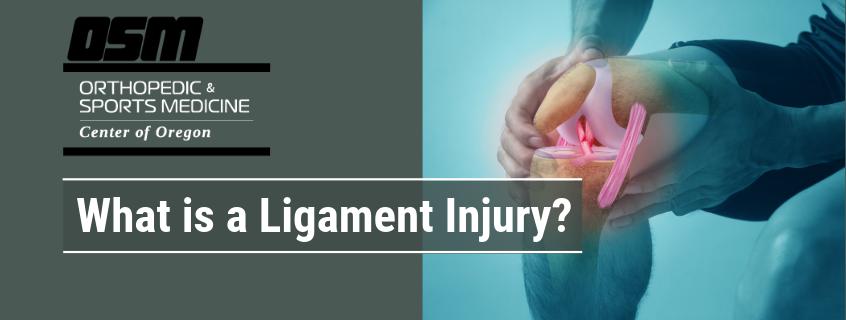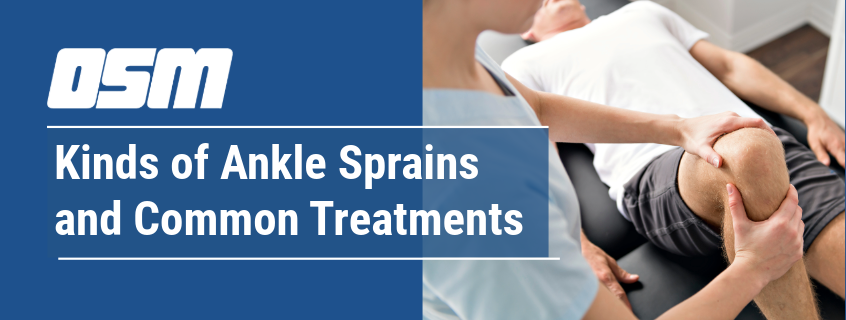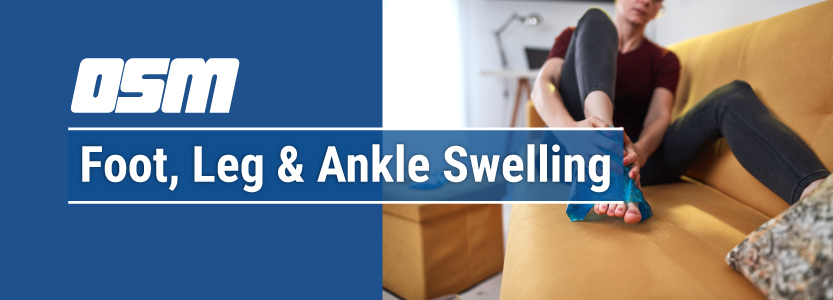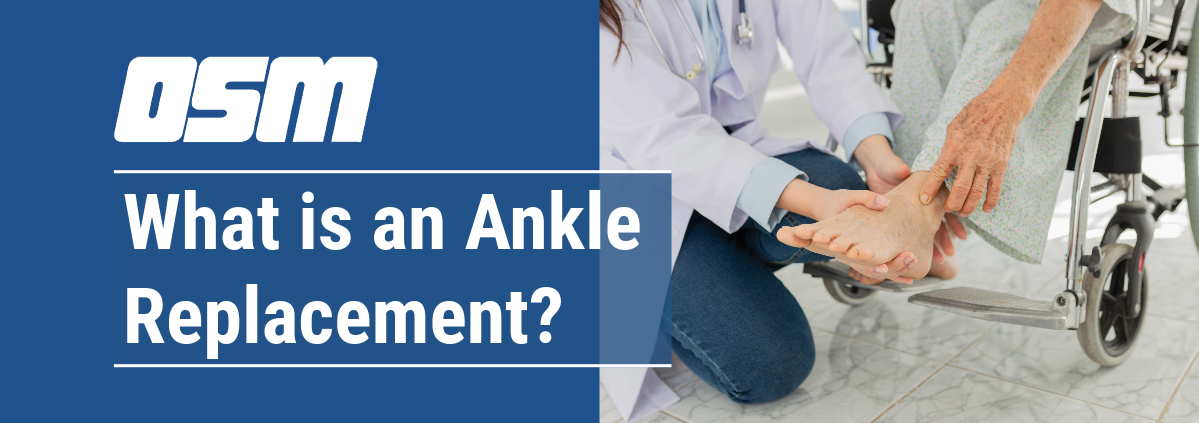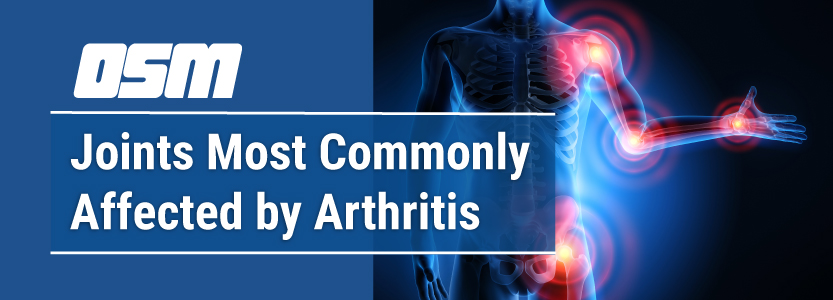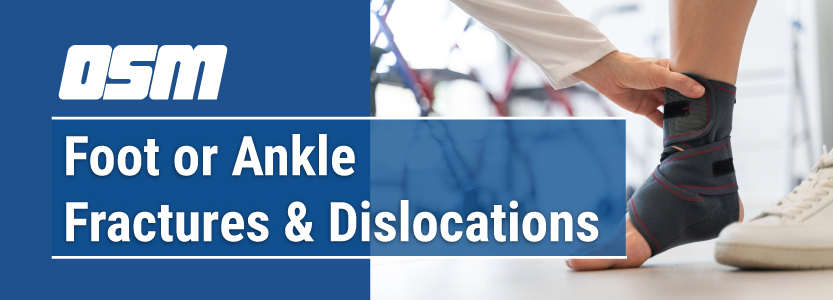Top 10 Tips for Preventing & Treating Ankle Sprains
Article featured on Martin Foot and Ankle
Did you know that most ankle sprains account for nearly 15% to 17% of all sports injuries? These common injuries can affect anyone, from athletes to those simply enjoying an active lifestyle. Recognizing their prevalence is vital for promoting effective prevention and treatment strategies.
Now, let’s explore the importance of effectively preventing and treating ankle sprains.
Understanding Ankle Sprains
A sprained ankle is an injury that occurs when the ligaments supporting the ankle joint are stretched beyond their limits or torn, resulting in pain, swelling, and limited mobility. This injury often happens during activities that involve sudden changes in direction, making the ankle joint prone to instability. Sports like basketball, soccer, and running frequently contribute to this risk due to their quick movements.
Additionally, wearing improper footwear without adequate support, navigating uneven surfaces, and encountering obstacles can increase the likelihood of a sprained ankle. Factors such as past ankle injuries, insufficient strength or flexibility, and inadequate training or warm-up routines also elevate the risk of sprains. Understanding these factors is essential for both preventing sprained ankles and ensuring effective recovery.
Tip 1: Strengthening Exercises
Strengthening the muscles around the ankle is crucial for preventing chronic ankle sprains and improving stability. Strong muscles support ankle ligaments, which reduces the risk of injury during sudden movements. A well-conditioned ankle can absorb impacts better and adapt to various terrains, making it essential for athletes and active individuals.
Here are some effective exercises to strengthen your ankles:
- Calf Raises: Stand with your feet shoulder-width apart and raise your heels off the ground, then lower them back down.
- Ankle Alphabet: Sit and lift one foot, tracing the alphabet in the air with your big toe to enhance flexibility.
- Resistance Band Exercises: Use a band for movements like pulling the foot upward, pointing the toes, and rotating the sole inward and outward.
- Single-Leg Balance: Stand on one leg and maintain your balance, gradually increasing the duration as you improve.
Incorporating these exercises into your routine can enhance ankle strength and stability, reduce the risk of sprains, and promote joint health.
Tip 2: Proper Footwear
Wearing the right shoes is crucial for preventing severe ankle sprains and maintaining foot health. Proper footwear provides essential support, cushioning, and stability during physical activities. Here are some helpful tips for choosing the right shoes:
- Activity-Specific: Select shoes tailored to your activity. For instance, running shoes are ideal for forward motion, while cross-training shoes offer support for side-to-side movements.
- Proper Fit: Make sure the shoes fit well with sufficient room in the toe box. It’s best to try them on at the end of the day when your feet are slightly swollen for the most accurate fit.
- Support: Seek shoes that offer good arch support and stability, especially if you have flat feet or high arches.
- Cushioning: Opt for shoes with ample cushioning to absorb shock, particularly during high-impact activities.
- Replace Worn Shoes: Regularly check for wear and tear, and replace your shoes when necessary to ensure ongoing support and cushioning.
By choosing the right footwear, you can enhance your performance, reduce the risk of injuries like severe ankle sprains, and enjoy your favorite activities with confidence.
Tip 3: Warm-ups and Stretching
Warming up and stretching are essential for preventing acute ankle sprains and promoting overall joint health. A good warm-up enhances blood circulation and muscle elasticity, while targeted ankle stretches improve flexibility and strengthen the surrounding tendons and ligaments. Here are some effective ankle stretches to include in your routine:
- Heel-to-Toe Rock: Stand with your feet hip-width apart, rock back on your heels, then forward onto your toes. Repeat 10-15 times.
- Ankle Circles: Lift one foot and rotate your ankle 10 times clockwise and 10 times counterclockwise to boost mobility.
- Calf Stretch: Face a wall, step one foot back while keeping it straight, and bend the front knee. Hold for 20-30 seconds to stretch your calf muscles.
- Supine Foot Flexes: Lie on your back, pull one knee to your chest, flex your foot, and alternate pointing your toes away and back. Repeat 10-15 times on each foot.
Incorporating these stretches into your routine can significantly reduce the risk of ankle sprains and help you perform your best in sports and exercise.
Tip 4: Use of Ankle Braces
Ankle braces are crucial for individuals currently experiencing pain, particularly those with a history of ankle fractures or engaged in high-risk activities. They offer support and stability, protect the ankle, reduce pain and swelling, and promote healing by restricting excessive movement.
It’s recommended to wear ankle braces during activities such as running on uneven surfaces or playing sports like basketball and soccer, as well as during warm-ups to improve stability. Here are some tips for effective use:
- Correct Fit: Ensure the brace is snug but not too tight to avoid restricting blood flow.
- Proper Application: Always adhere to the manufacturer’s instructions for the correct positioning and adjustments.
- Monitor Comfort: Make sure you feel comfortable; any discomfort could mean the brace is too tight.
- Gradual Weaning: If recovering from an injury, begin with the brace and slowly reduce its use as your strength improves.
Tip 5: Be Mindful of Terrain
Being aware of your surroundings is crucial for preventing injuries, particularly chronic ankle sprains. Different terrains pose unique risks: rocky ground can lead to missteps, while wet surfaces can be slippery. To navigate uneven terrain safely, keep these tips in mind:
- Foot Placement: Always look ahead and place your foot on stable ground before shifting your weight.
- Maintain Balance: Keep your center of gravity low by slightly bending your knees and engaging your core.
- Proper Footwear: Choose shoes with excellent traction and ankle support.
- Take Smaller Steps: Opt for shorter, deliberate steps to improve your balance.
- Stay Focused: Keep your attention on the ground ahead to avoid distractions.
By being mindful of the terrain and applying these techniques, you can lower your risk of chronic ankle sprains and enjoy outdoor activities with more confidence.
Tip 6: Ice and Elevation Post-Injury
Prompt and effective management of a lateral ankle sprain is essential for reducing pain and accelerating recovery. Utilize the R.I.C.E. method: Rest, Ice, Compression, and Elevation.
- Icing: For the first 48 hours, apply ice or a cold pack wrapped in a cloth to the ankle for 15-20 minutes every 1-2 hours to minimize swelling and numb pain. Be sure to avoid direct contact with the skin to prevent ice burns.
- Elevation: Keep the injured ankle elevated above heart level to reduce swelling and enhance blood flow. Use pillows or cushions for support while resting, and ice it if possible. Elevating the ankle as much as possible in the initial days will promote recovery.
By adhering to these steps, you can effectively manage a lateral ankle sprain and prepare for rehabilitation.
Tip 7: Seek Professional Help
A professional evaluation helps determine the injury’s extent, often using X-rays or MRIs to identify any underlying issues like fractures or ligament damage. They can also create a personalized rehabilitation program with suitable exercises and therapies.
Remember, seeking medical advice is not a sign of weakness. The sooner you consult a professional, the better your chances of a full recovery and returning to your activities. Don’t hesitate to reach out for help—it’s an important step toward regaining confidence in your movements and ensuring your long-term well-being.
Tip 8: Gradual Return to Activity
Allowing adequate recovery time is crucial for healing a severe sprain and preventing reinjury. Rushing back into physical activity can worsen the injury and extend the recovery period. Here are some tips for a safe return to your activities:
- Listen to Your Body: Pay close attention to your pain levels; if you feel discomfort, it’s a sign that you may need more rest.
- Start Slowly: Begin with low-impact activities like walking or swimming to ease back into movement without putting too much strain on your ankle.
- Progress Gradually: Once you feel ready, slowly increase the intensity and duration of your workouts.
- Incorporate Strengthening Exercises: Focus on exercises that enhance ankle strength and stability before jumping back into high-impact activities.
- Consult a Professional: If you’re uncertain about when to return or which exercises are appropriate, seek advice from a healthcare provider or physical therapist.
By prioritizing recovery and following these guidelines, you’ll support your ankle’s healing process and minimize the risk of future injuries.
Tip 9: Maintain a Healthy Weight
Weight management plays a significant role in ankle health, as excess body weight can increase the stress placed on the joints and surrounding ligaments, raising the likelihood of injuries such as sprains. Maintaining a healthy weight helps to alleviate this strain, promoting overall joint health and reducing the risk of discomfort. Here are some practical tips for effective weight management:
- Balanced Diet: Focus on a diet rich in fruits, vegetables, whole grains, and lean proteins to support a healthy weight. Avoid excessive sugar and processed foods.
- Regular Exercise: Incorporate a mix of cardiovascular, strength, and flexibility exercises into your routine to burn calories and build muscle, which can support joint stability.
- Stay Hydrated: Drinking adequate water helps regulate metabolism and can prevent overeating, as thirst is sometimes mistaken for hunger.
- Mindful Eating: Pay attention to portion sizes and eat slowly to better recognise hunger and fullness cues.
- Set Realistic Goals: Aim for gradual changes rather than drastic weight loss, promoting sustainable habits that benefit your overall health.
By managing your weight effectively, you can reduce undue stress on your ankles and lower the risk of injuries during physical activity.
Tip 10: Know Your Body’s Limits
Listening to your body is one of the most important practices for preventing injuries during physical activities. Our bodies often give subtle signals when they’re under strain or nearing their limits. Recognizing these cues is essential for effective self-care and injury prevention.
Signs You Need to Rest:
- Persistent Pain: If you experience ongoing pain, especially sharp or severe discomfort in your ankles or joints, this is a clear signal that your body is asking for a break. Ignoring pain can worsen injuries, including issues with the lateral ankle ligaments, and lead to long-term damage.
- Swelling or Inflammation: Noticeable swelling around your ankle or joints may indicate overuse or stress. This is a sign to stop the activity and allow your body to recover.
- Fatigue: Unusual fatigue or a lack of energy during activities might mean it’s time to take a break. Fatigue can impair coordination and increase the risk of accidents.
- Decreased Performance: A marked decline in your performance, such as slower reaction times or difficulty maintaining balance, often indicates that your body requires rest and recovery.
By listening to these signals and possibly incorporating physical therapy, you can make informed choices about when to take a step back or modify your activities, ultimately helping to protect your ankle health and enhance your overall well-being.
The Orthopedic & Sports Medicine Center of Oregon is an award-winning, board-certified orthopedic group located in downtown Portland Oregon. We utilize both surgical and nonsurgical means to treat musculoskeletal trauma, spine diseases, foot and ankle conditions, sports injuries, degenerative diseases, infections, tumors and congenital disorders.
Our mission is to return our patients back to pain-free mobility and full strength as quickly and painlessly as possible using both surgical and non-surgical orthopedic procedures.
Our expert physicians provide leading-edge, comprehensive care in the diagnosis and treatment of orthopedic conditions, including total joint replacement and sports medicine. We apply the latest state-of-the-art techniques in order to return our patients to their active lifestyle.
If you’re looking for compassionate, expert orthopedic and podiatric surgeons in Portland Oregon, contact OSM today.
Phone:
503-224-8399
Address
17355 Lower Boones Ferry Rd Suite 100A
Lake Oswego, OR 97035
Hours
Monday–Friday
8:00am – 4:30pm


